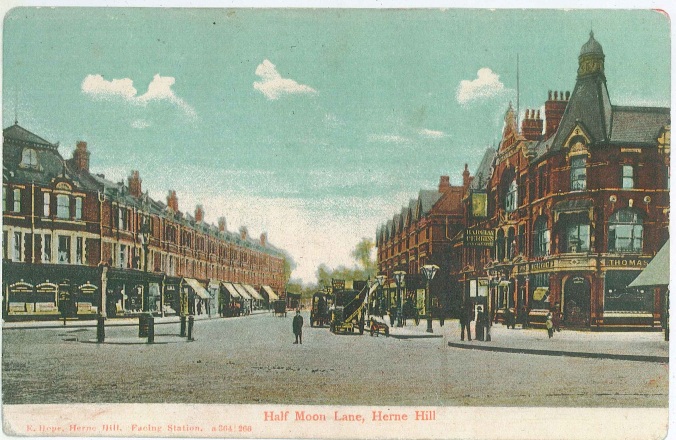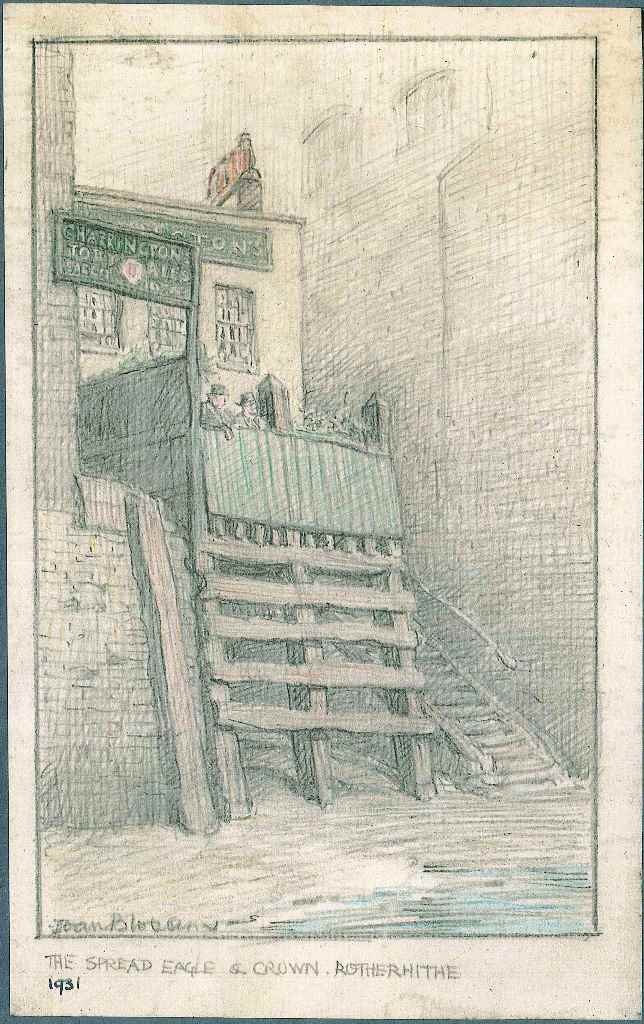Voting has opened for this year’s Southwark Heritage Association Blue Plaques scheme. There are seven worthy nominees, of which only one will get a plaque this year. But who are they and why should they get your vote? To help you decide we’ll be featuring one nominee per week over the next 7 weeks of voting.
This week, read on to discover more about The Half Moon
The Half Moon has had more celebrities pass through its doors than any other pub in this borough. In recent years musicians like Kate Tempest, Anna Calvi and La Roux have made important debuts here. The pub has also been a major comedy venue, attracting performers like Eddie Izzard, Omid Djalili and former local resident Jo Brand. To some, it would be performances by the likes of U2, Van Morrison and the Police in the 1980s that make the Half Moon worthy of a blue plaque, while if you are a fan of folk music, the 1960s were the pub’s heyday, when acts like Bert Jansch and Gerry Lockran performed for the proprietors Ed Parslow and Charles Pearce.
Stepping back a little further, the 1950s was the era of one of the pub’s most celebrated regulars, the poet Dylan Thomas, who may well have named his famous drama Under Milk Wood after nearby Milkwood Road. He was one of many Welsh visitors who came for a drink and a sing-along after matches played by the London Welsh Rugby Football Club. The team had their home at nearby Herne Hill Velodrome, where drinking was not permitted by the landlords, the Dulwich Estate.
The land on which the Half Moon stands is also owned by the Dulwich Estate, (formerly Alleyn’s College of God’s Gift). An inn has stood here since the 17th century. One particularly longstanding and enterprising tenant, John Webb was somehow in the possession of the original tombstone of the Elizabethan actor and founder of Dulwich College, Edward Alleyn. The stone had apparently been used by Webb and his father before him as a talking point for visitors to the pub’s tea gardens. It was presented back to the college in 1844.
The imposing grade II* listed Jacobean revival edifice we see today was built between 1894 and 1896 to designs by local architect James William Brooke. It boasts a number of fine interior features, including six newly restored back-painted mirrors depicting aquatic birds. After four years behind builders’ hoardings these features can now be seen again. The Half Moon reopened in March 2017 and in May hosted its own Dylan Day celebrations in honour of the Welsh poet.
In summary:
South London’s premier music venue for half a century, frequented by poets and an official asset of community value. Will you #VoteHalfMoon?
Voting ends on 15 September 2017. You can vote by emailing Southwark Heritage Association: admin@southwark.org.uk or the Southwark News: owen@southwarknews.co.uk. You can also vote in person at all Southwark libraries and at both the Mayflower, Rotherhithe Street and Half Moon, Herne Hill.




